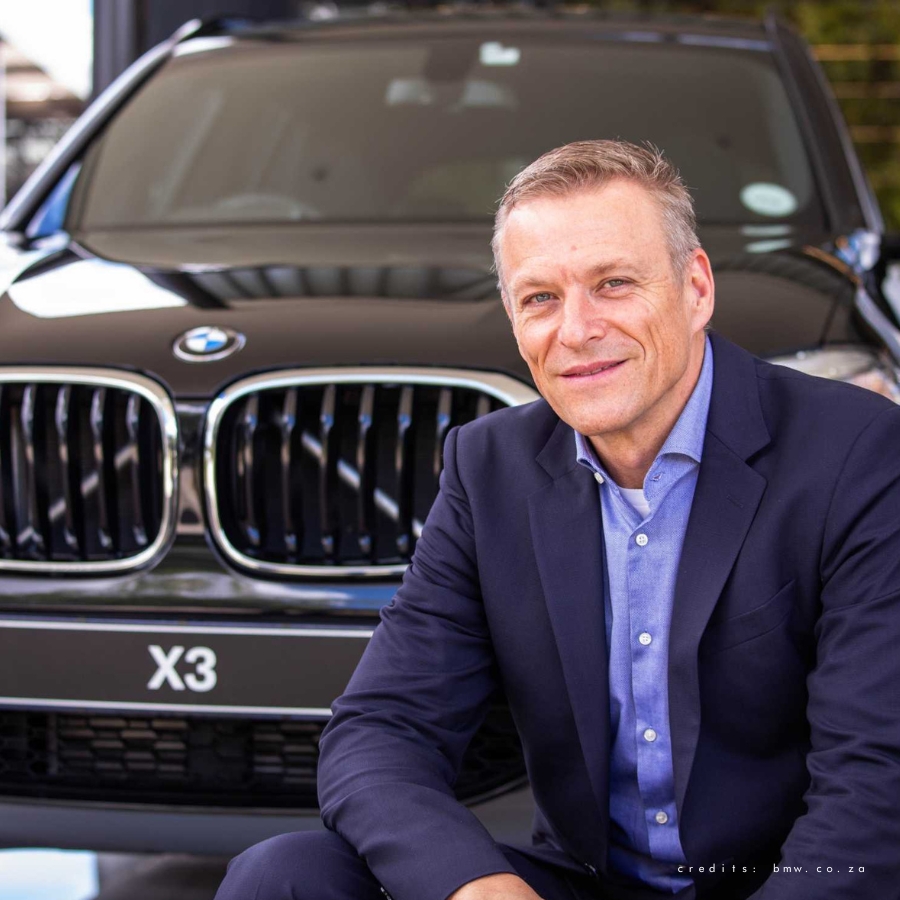
South Africa’s automotive sector stands at a crossroads one that is less about catching up, and more about choosing the right direction. The conversation sparked at SA Auto Week, particularly by BMW South Africa CEO Peter van Binsbergen’s call for a collaborative South Africa–Europe value chain for electric vehicle (EV) components, reveals both a challenge and an opening. The choice before the country is whether to wait for global shifts to define our role, or to intentionally define it ourselves.
The call for a new value chain is not just about batteries or supply chains, it’s about strategic sovereignty. China’s dominance in global EV battery production is well documented. What remains underexplored is how countries like South Africa, rich in critical minerals and manufacturing heritage, can become architects of a new model one built on partnership, localisation, and sustainable industrial value.
A Collaborative Route to Competitiveness
The proposition of aligning with Europe is far more than a trade move. It’s a geopolitical and economic opportunity to reposition Africa’s manufacturing hub as an essential player in the next industrial era. Europe’s accelerated transition away from fossil fuels by 2035 will reshape supply chains and demand patterns; South Africa’s alignment could create a bridge between resource capability and market need.
Instead of viewing EV development as a government-led race, it should be seen as a coalition project linking industry, state, and financiers in a coherent framework. BMW’s plug-in hybrid exports and the government’s tax incentives for EV and hydrogen production show glimpses of this coordination. Yet, policy clarity and executional discipline will determine whether these become signals of progress or isolated wins.
The Opportunity Hidden in Urgency
Much has been said about South Africa’s “slow movement” compared to peers like Ethiopia. But perhaps our strength lies not in haste, but in considered design. The EV landscape is still evolving globally; what matters is not how quickly we move, but whether we build systems that endure. By leveraging our mineral endowment from manganese to platinum alongside strong industrial infrastructure, South Africa can anchor a vertically integrated EV ecosystem that spans from raw materials to advanced component manufacturing.
This approach can create a multiplier effect: attracting European investment, deepening industrial capacity, and expanding high-skill employment opportunities. The shift to clean mobility, if steered wisely, could become a catalyst for inclusive industrialisation a sector that not only exports vehicles but builds knowledge, value, and partnerships.
A Strategy for the Next Decade
The vision for an alternative EV value chain is not aspirational but rather it is executable. It requires three commitments:
- Clarity — A unified roadmap where government and industry agree on incentives, targets, and timelines.
- Collaboration — Strategic partnerships with Europe that embed technology transfer and shared research.
- Capital Readiness — Mobilising both public and private finance through structured vehicles that de-risk innovation.
The automotive sector has long been a cornerstone of South Africa’s economy. The coming decade will determine whether it remains one or evolves into the backbone of a clean industrial future.
The next wave of competitiveness won’t come from subsidies or slogans. It will come from strategy. The kind that connects our minerals to our manufacturing base, our markets to our ambitions, and our ambitions to the world’s emerging needs.
